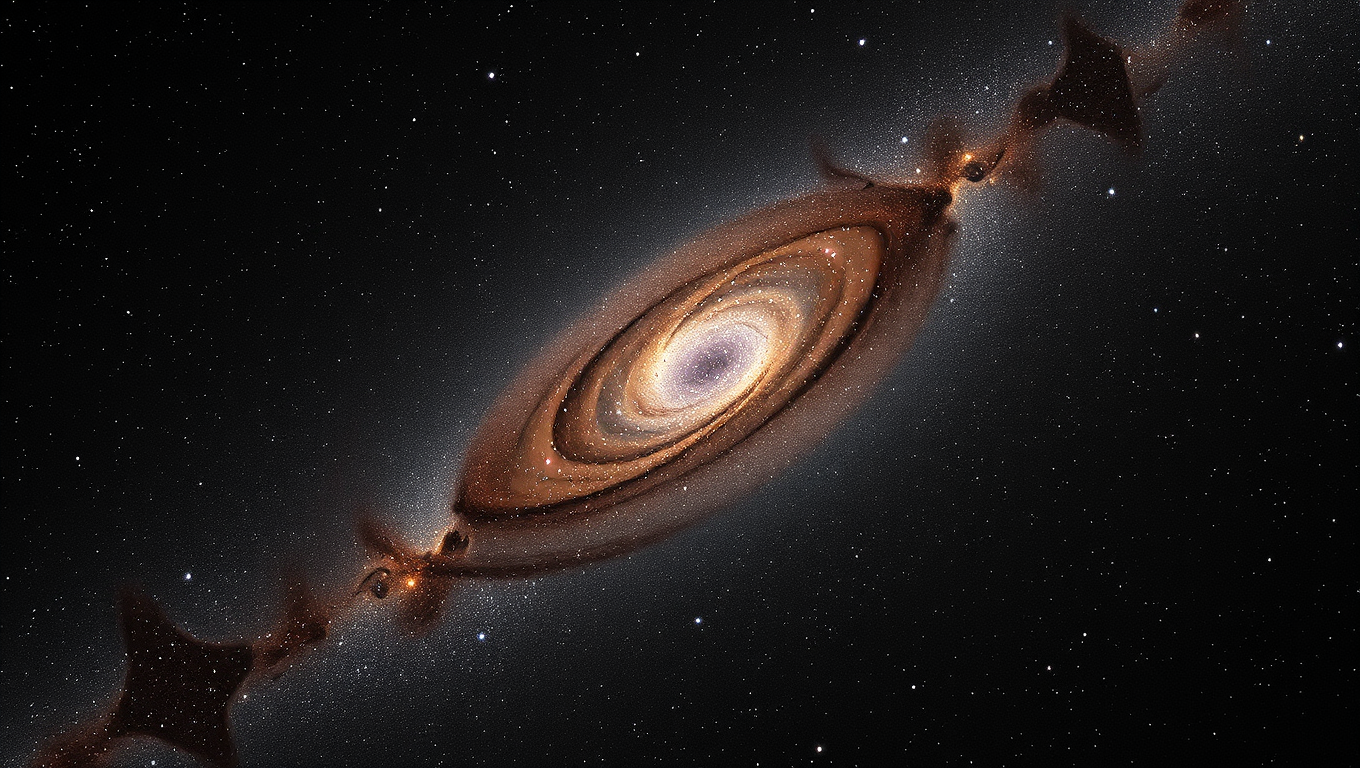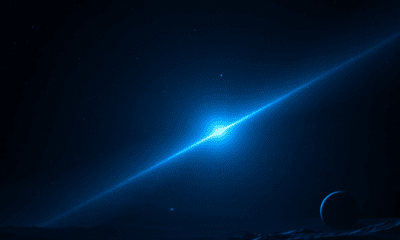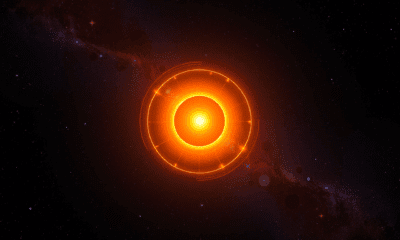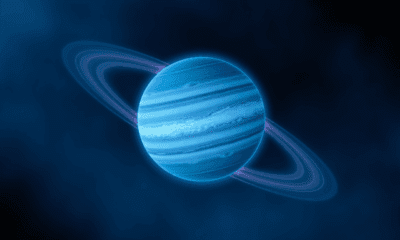While we try to keep things accurate, this content is part of an ongoing experiment and may not always be reliable.
Please double-check important details — we’re not responsible for how the information is used.
Astrophysics
“Hidden Galaxies” Unlocked: A New Population Revealed in the Universe
Astronomers have peered back in time to find what looks like a population of ‘hidden’ galaxies that could hold the key to unlocking some of the universe’s secrets. If their existence is confirmed it would ‘effectively break current models of galaxy numbers and evolution’. The possible galaxies may also provide the missing piece of the puzzle for the energy generation in the universe in infrared light. That’s because their combined light would be enough to top-up the energy budget of the universe to the maximum we observe, effectively accounting for all remaining energy emission at these long wavelengths.

Astrophysics
The Unifying Language of Mathematics: A New Perspective on Physics and Cosmology
By exploring positive geometry, mathematicians are revealing hidden shapes that may unify particle physics and cosmology, offering new ways to understand both collisions in accelerators and the origins of the universe.
Asteroids, Comets and Meteors
The Elusive Planet Next Door Continues to Baffle Astronomers
NASA’s James Webb Space Telescope has detected strong evidence for a giant planet orbiting Alpha Centauri A, the nearest Sun-like star to Earth. Located just 4 light-years away, this possible Saturn-mass world may travel between one and two times the distance from its star that Earth does from the Sun. The planet appears to lie in the habitable zone, though its gas giant nature makes it unlikely to host life.
Astrophysics
Harnessing the Power of Black Holes: A Tiny Spacecraft’s Quest to Rewrite Physics
A visionary plan proposes sending a paperclip-sized spacecraft, powered by Earth-based lasers, to a nearby black hole within a century. Led by astrophysicist Cosimo Bambi, the mission would test the limits of general relativity and explore the mysteries of event horizons. While current technology can t yet achieve it, advancements in nanocraft design, laser propulsion, and black hole detection could make the journey possible within decades, potentially rewriting the laws of physics as we know them.
-

 Detectors8 months ago
Detectors8 months agoA New Horizon for Vision: How Gold Nanoparticles May Restore People’s Sight
-

 Earth & Climate9 months ago
Earth & Climate9 months agoRetiring Abroad Can Be Lonely Business
-

 Cancer9 months ago
Cancer9 months agoRevolutionizing Quantum Communication: Direct Connections Between Multiple Processors
-

 Albert Einstein9 months ago
Albert Einstein9 months agoHarnessing Water Waves: A Breakthrough in Controlling Floating Objects
-

 Earth & Climate9 months ago
Earth & Climate9 months agoHousehold Electricity Three Times More Expensive Than Upcoming ‘Eco-Friendly’ Aviation E-Fuels, Study Reveals
-

 Diseases and Conditions9 months ago
Diseases and Conditions9 months agoReducing Falls Among Elderly Women with Polypharmacy through Exercise Intervention
-

 Chemistry8 months ago
Chemistry8 months ago“Unveiling Hidden Patterns: A New Twist on Interference Phenomena”
-

 Agriculture and Food9 months ago
Agriculture and Food9 months ago“A Sustainable Solution: Researchers Create Hybrid Cheese with 25% Pea Protein”





























